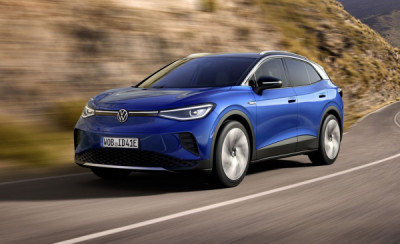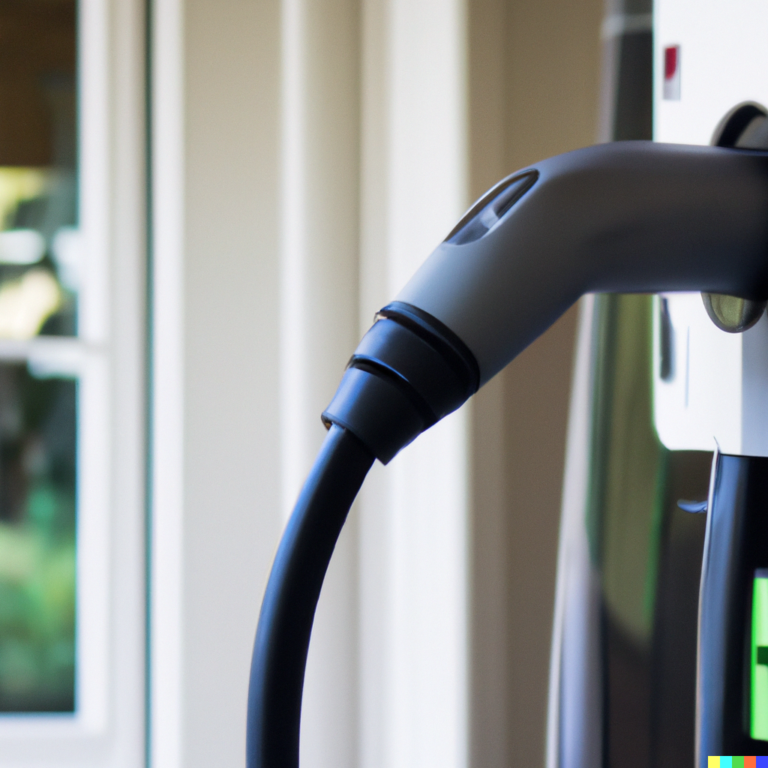
How do Electric Vehicle Impact the Environment?
There are many benefits to electric cars, but one of the most important is their contribution to improving air quality in towns and cities. Without any emissions from a tailpipe, electric cars produce no carbon dioxide emissions when driving. This can have a significant impact on reducing air pollution. Electric cars also don’t produce any other harmful pollutants such as nitrogen oxides, particulates, or hydrocarbons.
As electric cars become more popular, we are seeing many benefits to our environment. Over the course of a year, a single electric car can save an average of 1.5 million grams of carbon dioxide from being emitted into the atmosphere. This is a huge benefit to the environment, and as more people switch to electric cars, we will see even more positive changes.
EVs are an important step in sustainable transportation because they are a cleaner alternative. There are several ways in which EVs can benefit the environment.
1. EVs can produce zero tailpipe emissions.
Electric vehicles are powered by electricity from batteries, and they don’t produce any exhaust. That’s because they don’t have engines that burn gasoline or diesel. Instead, electric vehicles get their power from batteries. This is different from traditional vehicles, which use engines that run on gasoline or diesel. These engines create energy by burning fuel, but they also produce harmful carbon emissions. The batteries found in electric vehicles are completely emission-free, which contrasts with the emissions created by traditional gasoline-powered vehicles. The most prevalent type of battery used in EVs is the lithium-ion battery. This rechargeable battery can be used hundreds of times, which means less waste and lower battery costs in the long run. Repeatable batteries are not only good for the environment but also for your wallet as you don’t have to keep buying new ones. In addition, the production of lithium-ion batteries doesn’t produce any harmful greenhouse gases.
2. When using fossil fuels, the emissions of EVs are not as high as that of ICE vehicles.
Renewable energy is an important part of electric vehicle charging stations. Many stations use solar panels or wind turbines to generate electricity, which is then used to charge EVs. This helps to reduce emissions from traditional power plants and makes EV charging more sustainable in the long term. However, some are still powered by coal-burning power plants and other energy sources considered harmful to the environment. Burning coal releases harmful toxins like mercury, sulfur dioxide, and nitrogen oxides into the air. These toxins can cause respiratory problems, heart disease, and numerous other health problems. These power sources also release harmful chemicals into the air, which can lead to problems like smog and acid rain. EV charging in countries that primarily use coal, oil, or Natural gas for power leaves a larger carbon footprint than in countries that get most of their power from renewable sources. The difference is due to the emissions from the electricity-generating plants. Burning fossil fuels releases greenhouse gases into the atmosphere.
Even though electric vehicles are powered by coal, they still result in lower emissions overall. This is because the process of generating electricity is more efficient than using gasoline to power a vehicle. Electric vehicles are not only more environmentally friendly than traditional gasoline-powered cars, but they also have the potential to be even greener for countries that rely less on coal and other fossil fuels. A recent study found that EVs resulted in a 20% decrease in greenhouse gas emissions in coal-reliant countries like China.
3. EV battery production can be clean.
Manufacturing electric vehicle batteries can be harmful to the environment if done irresponsibly. Although EVs don’t contribute much to air pollution on the road, the manufacturing process of their batteries can release harmful chemicals into the air and water. If not properly monitored, this can lead to serious health problems for both people and animals. Nearly all emissions from electric vehicles come during the battery production process, known as well-to-wheel emissions. This is because batteries are responsible for a large majority of an electric vehicle’s pollution since they are what powers the car. Different companies are using different energy sources to power the batteries in their EVs, which is resulting in a lack of consistency in industry standards. This often leads to larger carbon footprints. However, this is starting to change as more companies begin switching to cleaner energy sources.
Improvements in EV battery manufacturing have resulted in a carbon footprint that is 2 to 3 times lower than it was just two years ago. And, as battery technology continues to develop and evolve, this number is only going to get better. Manufacturers of EVs are issuing guidelines for their battery suppliers in order to ensure the safety and quality of the batteries. By doing so, they hope to set a standard for the industry and provide reassurance to consumers. The company has very high environmental standards that they require its suppliers to uphold. For example, they only allow renewable energy sources, such as solar and wind, to be used during production. This is just one of the many ways that the company ensures that its products are eco-friendly. There are several sources of renewable energy that can be used to power EV batteries without emitting any harmful chemicals or other pollutants into the atmosphere. In fact, electric automaker Tesla plans to use only renewable energy sources to power the batteries in its vehicles. This would eliminate any emissions from the manufacturing process and help make EVs even more environmentally friendly than they already are.
4. ICE vehicles pollute continuously.
Once an EV is manufactured, it does not produce any emissions that pollute the air. The only time an EV may produce emissions that pollute the air is when it is being charged at a coal-fueled charging station. Most emissions related to an electric vehicle come from the manufacturing process of its batteries. This means that the total emissions for an EV can be measured and accounted for before the car is even used for the first time. Because most of the emissions are produced during the creation of the battery, EVs have a smaller environmental impact than gasoline-powered cars over their lifetime.
ICE vehicles produce CO2 emissions whenever their engines are on, which contributes to air pollution and climate change. Between 5 to 6 metric tons of carbon dioxide are produced by a gasoline-powered passenger vehicles every year. Carbon dioxide is a greenhouse gas that is produced when fossil fuels are burned. A recent study conducted by the Union of Concerned Scientists has shown that ICE emissions exceed those of Ev’s well-to-wheel emissions in just 6-18 months of operation. This is a significant finding as it illustrates the potential environmental benefits of transitioning to electric vehicles. As the world continues to industrialize and urbanize at a rapid pace, the emissions produced by ICE vehicles continue to be a significant problem. Electric vehicles powered by renewable energy are a much more sustainable option, as they maintain a neutral carbon footprint indefinitely. Switching to electric vehicles is one of the most important things we can do in order to reduce our impact on the environment.
5. EV manufacturers use eco-friendly materials.
Obstacles for EV manufacturers include improving functionality and designing a lightweight vehicle. This is because electric vehicles need to be as light as possible in order to maximize range and minimize battery size (and cost). However, making an electric vehicle lightweight enough to meet these criteria while also being strong enough to withstand crashes is a difficult engineering challenge. As a result, many EV manufacturers are turning to new materials and technologies in order to build lighter, safer cars. EVs that are lighter in weight have a smaller carbon footprint, but it is difficult to achieve this using traditional materials. However, most EV manufacturers continue to use heavy metals like steel and aluminum in their vehicles. This makes it hard to reduce the weight of the vehicle without sacrificing strength or safety. Conventional manufacturers typically use recycled materials for small components, but they don’t currently use them for a vehicle’s structure.
There are many benefits to using recycled and organic materials, not just weight reduction. They are also better for the environment as they are more sustainable and create less pollution. Materials such as metal and plastic are unsustainable in the long run and cause a lot of pollution. All-natural or recycled materials help to reduce the environmental impact both during and after the EV production process.



